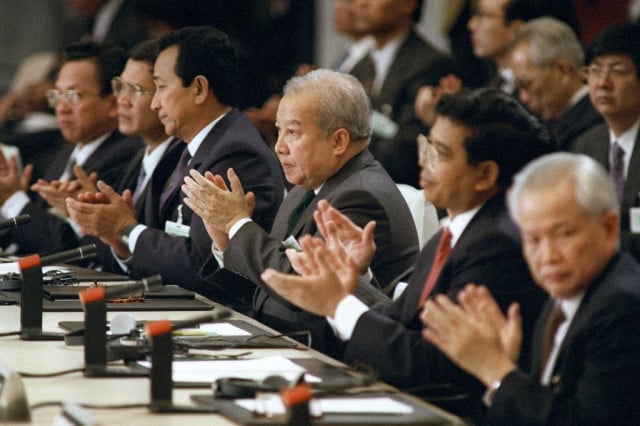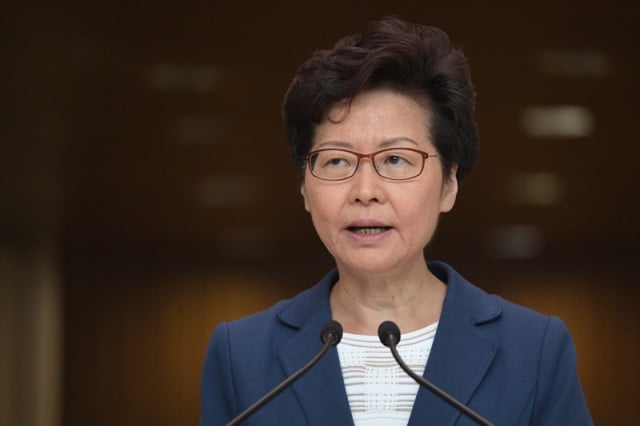The Paris Peace Agreements, 30 Years Later

- By Cambodianess
- October 24, 2021 11:25 AM
Thirty years ago, the Paris Peace Agreements paved the way for national reconciliation and development following two decades of war whose apotheosis of horror was the Khmer Rouge regime. They also were meant to enable, through the adoption of a new constitution, the establishment of a parliamentary monarchy and a pluralist democratic system based on elections by universal suffrage open to all political parties.
Those agreements had been signed by the Cambodian parties in conflict under the auspices of the international community that had entrusted the United Nations with their implementation until the national elections of 1993 and the adoption of the new constitution.
Therefore, for two years, the country was under the administrative supervision of the international community that, by the end of the United Nations mandate, had spent millions of dollars to rebuild the country crushed by years of war.
This international community was actually only repairing the damage it had caused in the kingdom by dragging it in spite of itself in proxy conflicts in which the superpowers were involved in this part of the world.
Total peace was not achieved overnight with the peace agreements. It would take the win-win policy of Prime Minister Hun Sen to achieve it and definitely be done with the Khmer Rouge. Moreover, the establishment of an ideal democracy as envisioned in these agreements was not achieved without bumps and jolts.
For some people, the country today still has a long way to go in terms of pluralism, the respect of fundamental human rights, the rule of law and so on. Conversely, others think that these agreements have been fully carried out since the political democratic framework they had intended is reflected in the constitution and the normal functioning of the institutions.
The first ones call on a regular basis upon the states that sponsored the agreements to intervene with the authorities and pressure them to comply with the spirit of these agreements while for the others, these agreements having served their purpose, this request amounts to social unrest.
Let’s picture a young Cambodian—whether man or woman is irrelevant—born the year of the Paris Peace Agreements. Like the country at the time, he has needed support in order to grow up, to go through childhood without falling, live his teenage years without the turbulent behavior of that age getting him on a slippery slope.
Today in his adult life, he makes his own choices. Of course, he may need advice, have his choices criticized, but he lives without the guardianship of anyone even though he must make sure he can get support.
It’s up to him to accept criticisms and take them into consideration if one convinces him they are relevant. But then, they must be properly outlined, not like injunctions, but with respect for his freedom of decision.
One can view the Paris Peace Agreements as a (re)birth certificate. Thirty years later, they have enabled the building of a mature country, with its strong features and its defects, being solely up to that country to control its destiny.















